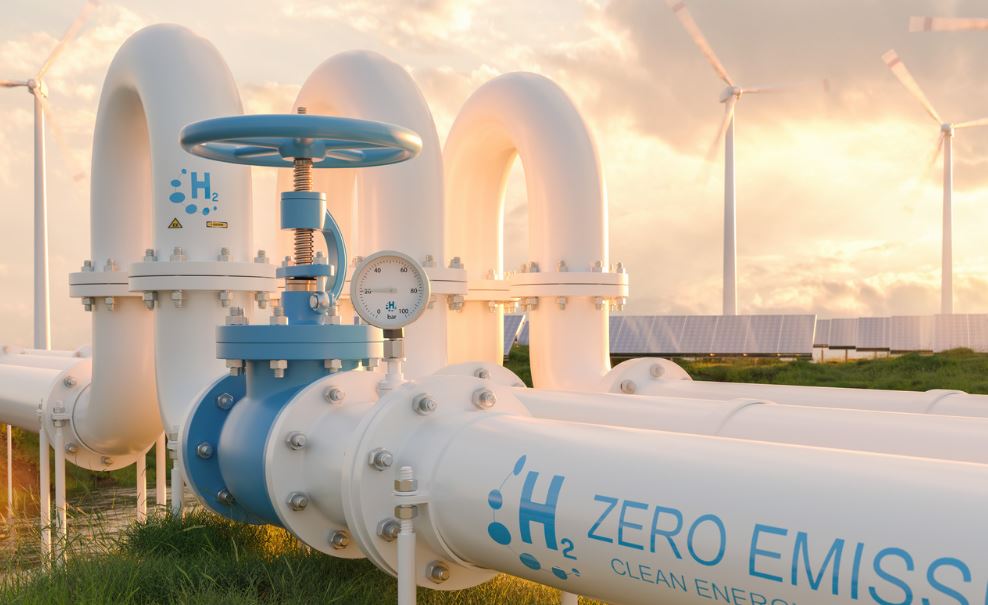From the expansive 40,000 kilometers of gas pipelines coursing beneath Germany, a transformative shift is underway as operators prepare to adapt and repurpose infrastructure for hydrogen transport. Nowega GmbH, one of Germany’s leading transmission system operators, is preparing to convert sections of its 1,500-kilometer high-pressure gas network to carry hydrogen, showcasing a critical step in advancing the nation’s energy transition.
Christian Schräder, from Nowega’s business development team, underscores hydrogen’s pivotal role in the future energy mix. With its potential as a climate-neutral raw material, energy carrier, and storage medium for renewable energy, hydrogen is poised to be a cornerstone of sustainable energy initiatives. Schräder asserts that a robust hydrogen network is essential to unlocking these benefits and ensuring supply security. “Our expertise in high-pressure gas pipelines positions us as frontrunners in building this future-ready network,” he states, highlighting Nowega’s early involvement in the hydrogen market’s growth.
To establish a robust hydrogen transport framework, Nowega is strategically enhancing its infrastructure, and maximizing existing assets where possible. Central to this initiative is the “GET H2 Nukleus” project, in partnership with various stakeholders, which aims to create a 130-kilometer hydrogen network. This proposed network would forge critical links between production hubs, like the one in Lingen, and key industrial consumers in regions such as North Rhine-Westphalia.
Significant developments are underway at RWE’s Lingen site, where renewable electricity will facilitate hydrogen production through electrolysis at a 300-megawatt capacity, transforming wind-generated power into green hydrogen. Plans to distribute this hydrogen across the Nowega network to industrial giants like Thyssenkrupp are being finalized. A critical infrastructure component includes an interim storage facility in Epe, set to buffer supply en route to end users, with initial operational phases slated for implementation in 2025.
Nowega’s phased approach anticipates multiple hydrogen island networks emerging over the upcoming years, with a vision for connectivity by 2032. These initiatives are vital, asserts Schräder, for securing Germany’s energy future. Political frameworks now empower operators to resolve the sector’s chicken-and-egg conundrum: developing infrastructure alongside market mechanisms to incentivize production and uptake, ensuring the project’s economic viability and market integration.
Transitioning from natural gas to hydrogen is not merely an infrastructural feat but a strategic imperative aligning with environmental goals and energy security. Nowega’s forward-thinking strategy exemplifies the intricate balance of leveraging existing assets while spearheading innovative energy solutions, setting a precedent for the industry amid evolving energy paradigms.





